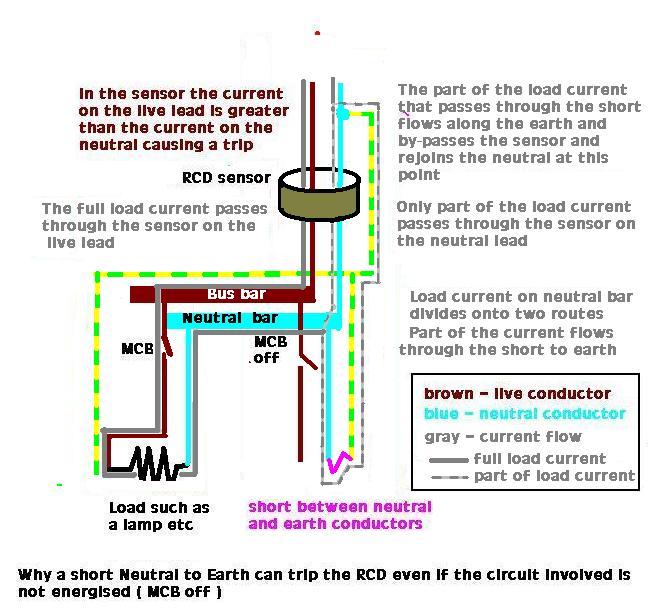- Joined
- 25 Apr 2016
- Messages
- 2,395
- Reaction score
- 555
- Country

I would like some advice please. In the last couple of weeks the 'main' trip switch has operated when the 'dual rate' time switch changes to night rate. Initially this was located down to the cooker circuit but nothing was found to be the cause of the problem. Having checked the whole circuit through including remaking all the terminations the problem did not reoccur until the night storage heaters have been switched on (at the individual wall switches).
One heater is 3KW input, the second 1.5KW input. either heater will cause the trip switch to operate and 'kill' the [power to whole house.
I've metered (but not 'megga'd') the circuits, Live to Neutral; Live to Earth, Neutral to Earth, and see no likely cause. With 3KW heater switched on the meter shows 16 Ohms, 1.5KW shows 33 Ohms.
Thoughts?
One heater is 3KW input, the second 1.5KW input. either heater will cause the trip switch to operate and 'kill' the [power to whole house.
I've metered (but not 'megga'd') the circuits, Live to Neutral; Live to Earth, Neutral to Earth, and see no likely cause. With 3KW heater switched on the meter shows 16 Ohms, 1.5KW shows 33 Ohms.
Thoughts?

